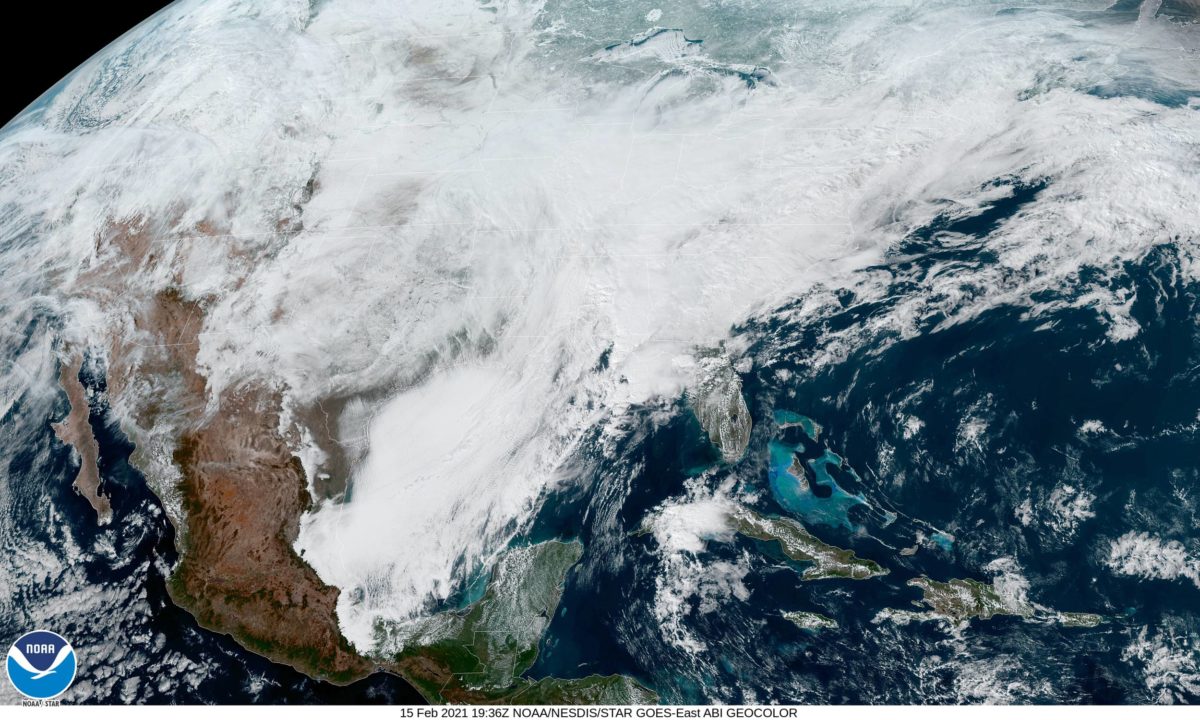Meteomatics, a Swiss weather intelligence company that forecasts the weather’s impact on some of the world’s leading businesses, plans to expand its work with energy companies and investors in the U.S.
The company reports that it is currently the primary weather data source for 80% of the leading European electricity companies, including ENEL, EDF and Engie. In addition, Tesla Energy, Shell, Toyota, Heimdall Power, and Stadtwerke München rely on Meteomatics’ weather intelligence to forecast energy demand and consumption.
The company was founded in 2012 by Martin Fengler after he was on an airplane that experienced turbulence, and he realized the need for hyperlocal weather forecasts. Meteomatics set out to revolutionize weather forecasting by using a next-generation forecasting engine combined with the potential of yet-untapped weather data measured by Meteodrones, which are operated by the company’s drone pilots and collect weather data from the lower and middle atmosphere. The company says that these drones make it possible, for the first time, to carry out high-resolution and direct measurements of temperature, humidity, air pressure and wind—all of which are incorporated into weather model caluculations.
Meteomatics recently established U.S. operations in Exton, Pennsylvania, and is making its technology and data available to U.S.-based traditional and renewable energy companies and investors. The company reports that with its data, users can improve energy management, navigate stressors on the power grid, minimize risks, and optimize earnings.
The U.S. joined 100+ countries around the world in signing the Paris Agreement. However, in March the Energy Information Administration (EIA) reported that the U.S. may only reach 25% to 38% of carbon emissions reductions below 2005 by 2030, falling well short of the 50% to 52% required by the agreement, said the EIA. Meteomatics sees an increased reliance on renewable energy sources like solar, wind, and hydropower, all of which are affected by weather. It estimates that even a 1% difference in forecast error can trigger economic losses of several million dollars per year, accuracy is important is estimating when, where, and how much energy will be fed into the grid, at any time and any coordinate in the world. The company pairs its hyperlocal weather data with live data from companies’ respective power plants to deliver intra-day and day-ahead energy forecasts for solar, wind, and hydropower.
“Meteomatics helps us in our quest for continuous improvement. The accuracy of its weather data helps us to plan better, to increase the efficiency of our energy systems, and to reduce costs,” said Kevin Rosati, senior facilities and energy management engineer, Toyota Europe.
In addition to determining how much weather will be sent to the grid, Meteomatics’ data can forecast when there may be events that could damage power plant infrastructure and prevent interruptions in service, the company reports. For example, wildfires and hurricanes specifically impact transmission lines, while droughts can damage the reservoirs of hydropower plants. Meteomatics says that with accurate forecasts, companies can better protect consumers and infrastructures and avoid interruptions to operations.
“Weather plays a substantial role in meeting the power needs of the world, and we’re currently experiencing the effects of this in the U.S. as we face heightened energy demand due to extreme weather and record high temperatures,” said Paul Walsh, CEO of Meteomatics N.A. “Over the past decade, Meteomatics has made weather data easily accessible and valuable to businesses, and we’re looking forward to working with more U.S. energy companies and investors to guide critical decisions, optimize operations and maximize their yields.”
This content is protected by copyright and may not be reused. If you want to cooperate with us and would like to reuse some of our content, please contact: editors@pv-magazine.com.









By submitting this form you agree to pv magazine using your data for the purposes of publishing your comment.
Your personal data will only be disclosed or otherwise transmitted to third parties for the purposes of spam filtering or if this is necessary for technical maintenance of the website. Any other transfer to third parties will not take place unless this is justified on the basis of applicable data protection regulations or if pv magazine is legally obliged to do so.
You may revoke this consent at any time with effect for the future, in which case your personal data will be deleted immediately. Otherwise, your data will be deleted if pv magazine has processed your request or the purpose of data storage is fulfilled.
Further information on data privacy can be found in our Data Protection Policy.